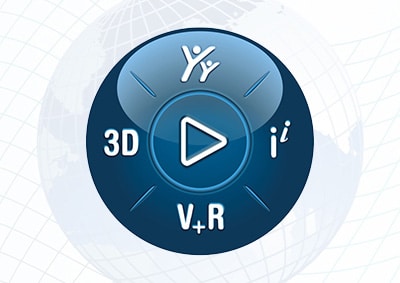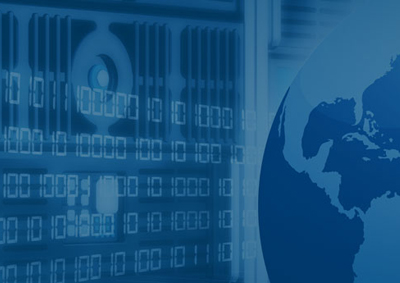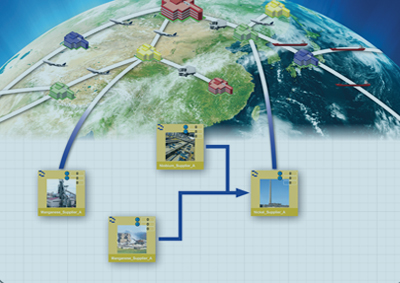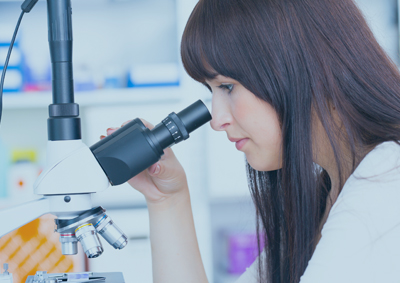What are the benefits of a digital twin strategy?
Improve product quality
Before investing in prototyping or physical development, test and validate your design, and your production processes. This new capability accelerates the development of better, more sustainable products by greatly improving risk assessment and ensuring production reliability.
Reduce time-to-market
By simulating and testing products virtually, digital twins significantly cut down the time required for physical prototyping and validation, speeding up the development process.
Target Sustainability
Reduce time waste, material usage, and energy consumption by ensuring optimal development and production processes ahead of time. Avoid unnecessary prototyping costs by continually monitoring real world usage and feeding information back into the innovation and design phases.
What's the best way to get started with a digital twin?

Data collection
Gather data from physical assets using sensors, IoT devices, and other data sources. This data includes parameters like temperature, pressure, and operational status.
Model development
Create a virtual model of the asset using digital twin software that accurately reflects its physical counterpart.
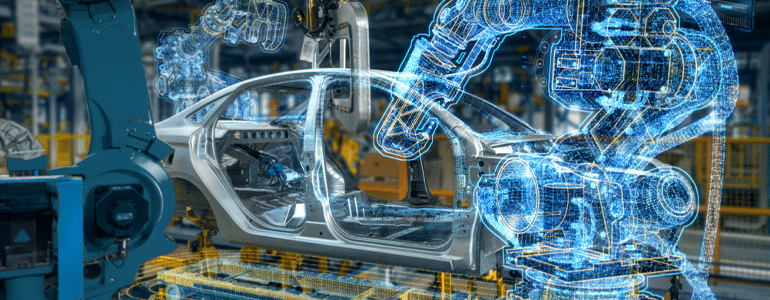
Integration and testing
Connect the digital twin to real-time data sources and validate its accuracy by comparing simulation results with actual performance data.
Optimization
Use the digital twin to analyze data, run simulations, and develop strategies for optimizing performance and maintenance.
Examples of digital twin projects
Using the concepts of digital twin and digital continuity, we’re supporting supercar manufacturer, Koenigsegg, as they step into the world of digital manufacturing – becoming more sustainable as they do so.
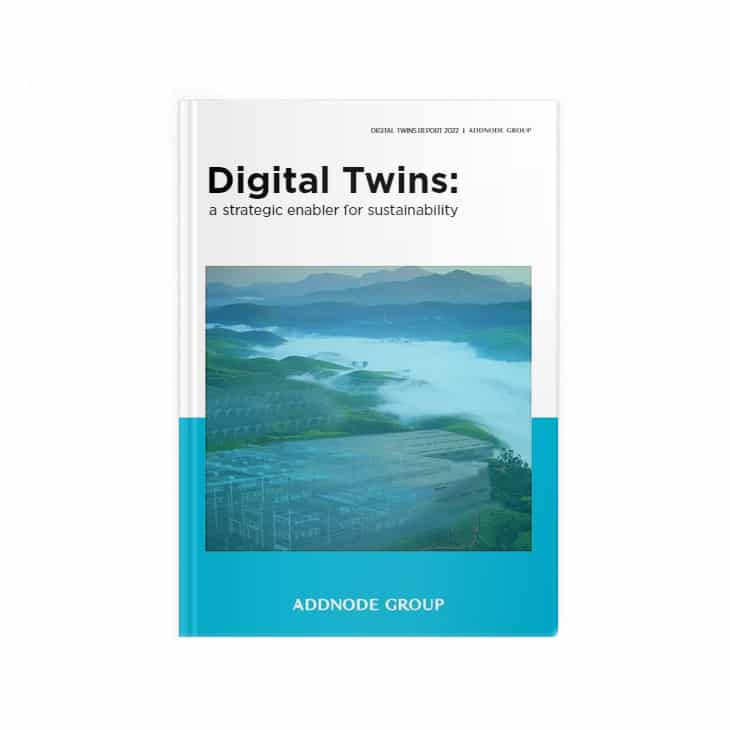
Digital twins are gaining recognition and popularity as a solution for digitally representing a product, a building, or even a human being. This is enabling new opportunities to improve performance, operations, productivity, and quality of life.
A digital twin strategy to drive sustainability programs can be profoundly effective, offering significant benefits when planning, implementing, and realizing:
- Reduced energy consumption
- Reduced material consumption and the switch to more sustainable materials
- Workforce activity optimization – travel, server usage, etc.
- Automation and robotization of hazardous and/or repetitive tasks to improve working conditions and health.














